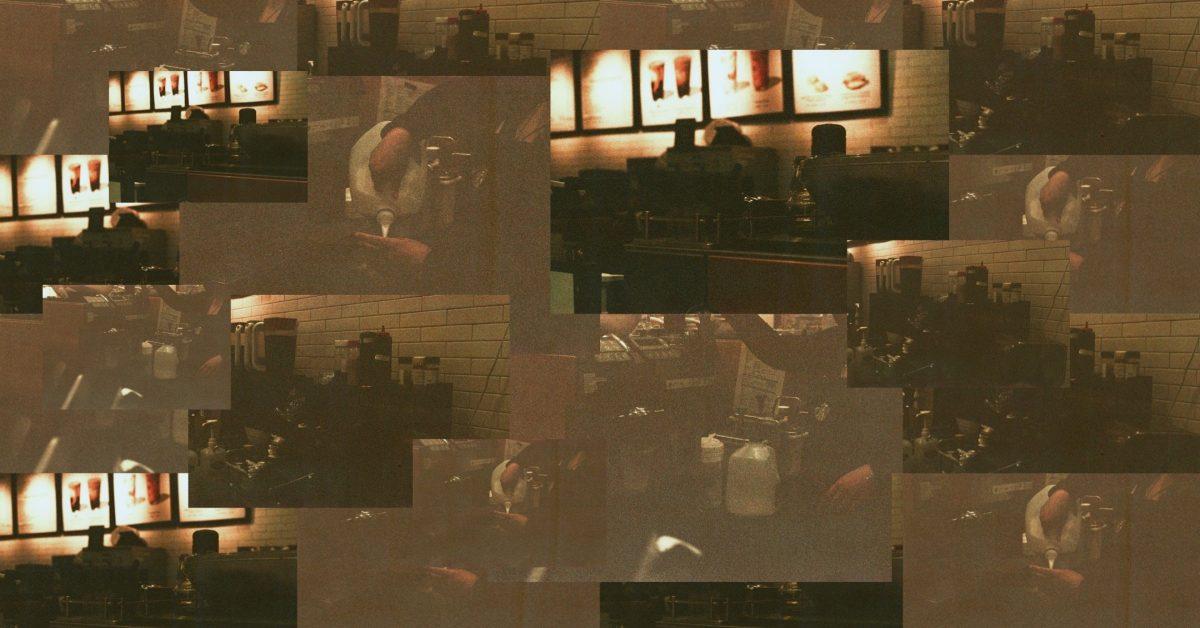Story by Nathaniel Ogren // @nathanielogren // he/him
Graphics by Sharon Chang // @share.off // she/her
Cut Loose
Every student at the University of Texas at Austin is familiar with the college party scene. Even if you’re not a huge partier yourself, you can feel it descend on the campus at roughly 4:30p.m. on Thursday afternoon, where it remains, like a thick fog, until Monday morning rolls around. People dress up. They grab their laughably bad fake IDs and head to 6th street, or to go to the gas station that they know doesn’t card, procure their substance of choice and commence with their revelry.
For so many, the weekend is a time of wholesome and good natured debauchery, when the stresses and problems of the week are cast aside. However, the socio-political realities of the real world follow us. Structures of oppression along lines of race, class, gender and sexual orientation dominate so many of our interactions, and the influence of these structures does not stop when the parties start.
It is precisely when we cease to pay attention to the social conditions that surround us that they become the most apparent. Through various interviews and my own observations during my time on the forty acres, I have found a delicately constructed market of women’s bodies within the UT party scene. This market is implicit, meaning it doesn’t necessarily have named prices like you would find at a store, but nevertheless it has what all markets have: goods (girls), consumers (boys), competition and institutions of rule making (men’s orgs, namely, fraternities). Understanding the market forces that govern the UT Party scene gives us the opportunity to critically engage with our own party politics and help deconstruct a sexist party culture on campus
Commodified Goods
The treatment of women as commodities is not at all new. For as long as goods and services have been exchanged, women and sex, have been part of that exchange. This is not some prehistoric relic that we have managed to #girlboss our way out of either. Today there exists a 71 billion dollar Diet industry, a 538 billion dollar beauty industry, and a 97 billion dollar Porn industry, to speak nothing of the 100 million dollars reaped from Human Trafficking for sexual exploitation. While both the harms and benefits of these markets have affected men and women, they have undoubtedly all been constructed with women as their central commodified good.
This broader societal trend of conferring economic value onto women’s bodies is present in UT’s party culture. The cache of events hosted by male organizations increases as more women, and, lets face it, more conventionally attractive women attend. As one UT student in Greek life (who we will call Rachel due to her request to remain anonymous per the rules of her sorority) said when I interviewed her, “I’ll get asked, hey can you text in the zeta zigga zamma group chat to get girls here. People would look on social media and see X’s party looks so good, there are so many girls there, but it would never be said it’s just understood and said through social media.” What Rachel described was an environment where the traditional gendered status games of our parents’ college days have been enhanced by technologies like Instagram stories and Snap Maps.
Whether their presence is desirable due to the status it gives men, the potential for sexual gratification and conquest or the optics it provides for parties in the digital age, it is undeniable that having girls at a party exists in a near linear relationship with that party’s desirability. And who is doing all of this desiring and acquiring?
Saturdays are for the Boys
Commodities can only exist in relation to consumers. Enter: Boys. On the other end of these markets for women’s bodies have always been men, creating, preserving and participating in those markets. What is happening on the UT party scene is in many ways just a microcosm of the commodified gender relations that have for so long been present in society in one form or another.
Masculinity depends heavily on its relationship to femininity to exist and sustain itself. The caricature of man as strong willed, aggressive, rational, and dependable is created in dialogue with the caricature of woman as weak, passive, emotional, and needy. Traditional male sexual politics are centered around the domination and subordination of women as objects of male pleasure. The reason women hold such immense value to men is that women are necessary props and foils to mens ongoing self deceptive construction of masculinity
A quote often attributed to Oscar Wilde (although to be fair, everything gets attributed to Oscar Wilde) goes as follows, “Everything is about sex, except for sex, which is about power.” The party scene is a zone in which these dynamics of power and sex play out, where men pursue women as a kind of capital, which like all forms of capital, is imagined yet powerful, constructed, and yet very real.
Competition
And what determines the value of this capital? Competition and scarcity. Men’s orgs that host parties often have a classic macroeconomic conundrum on their hands: a surplus of a good that is not particularly desired (Boys) and a scarcity of a good that is in quite high demand (Girls).
It is important to note that not all girls carry the same value on these implicit markets. “Because of historical norms that were set by PKT [the “top” sororities on campus] are maintained… but it’s all bullshit,” says Rachel. Proximity to whiteness, wealth, and thinness all affect a particular girl’s value to a party.
Describing an experience at a bar tab, Rachel had this to say about an interaction with a member of Texas Rho, “In the first thirty seconds of coming up to us, he said “Oh, are y’all PKT”, and when we all said no, he walked away.” PKT is a shorthand for Pi Phi, Kappa, and Theta, which are widely regarded as the most exclusive and prestigious sororities on campus.
This shows just how deeply rooted and specific the market is. Greek life has emerged as a kind of shortcut for these markets, with different sororities having girls of relatively higher and lower stature.
Guys aren’t the only ones who reinforce this structure, however. Because of the longstanding power of patriarchy, girls have come to view themselves through the same toxic lens of the male gaze, reinforcing the standards of beauty and value that have been conferred onto them. Women’s orgs use similar models of competition scarcity to self-select in ways that cater to the preferences of patriarchy, extending the harm caused by that system. The notoriously emotionally draining processes of Rush for sororities or recruitment for spirit orgs are examples of this. Girls, to be accepted, are forced to compete with other girls, their merit graded according to the values of these organizations. These values are shaped in large part by those with the most power in the UT gender arena: The Frats
The Frats
At the end of the day, markets can’t exist apart from the rule making structures that govern them. While a variety of men’s organizations participate in this process, the ones with the largest impacts and most institutional heft are undoubtedly fraternities. Frats serve as the primary arbiters of these implicit markets by hosting events and permitting or denying entry into them based on their own criterion. Group texts, partnerships with certain sororities and large webs of institutional memory and unspoken agreements work together as the market enforcement mechanism. Frats, with their substantial financial resources, powerful alumni and long histories, have the means to strictly enforce these rules, and do so.
The continued participation of women in these systems despite their obviously sexist and dehumanizing nature is troubling. Let’s not forget, feminity is necessary to the construction of masculinity. Sororities are essential to the continued project of Fraternities. While the onus should be placed on men’s orgs to rectify the current structures in place, women’s orgs’ have agency when they choose to mix, partner, and party with mens’ organizations that have created environments where women are treated poorly. I by no means wish to suggest that any woman is responsible for the harm done by men, only that womens’ organizations must take seriously their role in the ongoing constructions of gender politics on campus.
Party Politics
Many of the women and men who participate in these commodified interactions self identify as feminists, with progressive politics on matters of gender and economics. Why? Because by its very nature, the college party is a fairly uncritical place. People are there to show up and have a good time. And yet college parties are political spaces, because every space is. There is not a place we can go nor an activity we can participate in where we are free of the bodies we walk in and the socio-political contexts we inhabit. Parties are political, because who holds them, who attends, and what happens there is in so many ways a by-product of the racial, economic and gendered norms and structures that govern us in every space, not just the party scene.
If those of us with progressive politics are serious about being a part of real change that is oriented towards justice, we have to be mindful of how our politics function in every space, especially the spaces where those functions may not be the most obvious. We should stop attending and supporting parties where guys effectively pay for the privilege to be in proximity to girls. We should refuse to participate in spaces that are intentionally marketing the presence of women. Most of all, we should all do our part to contribute to building a party culture that is in line with our beliefs. If we are honest in confronting the misogyny that is foundational to the UT Party scene, it can become a zone of political action where all of us have the opportunity to build a safer culture and breathe new life into the party.
Sources:












































